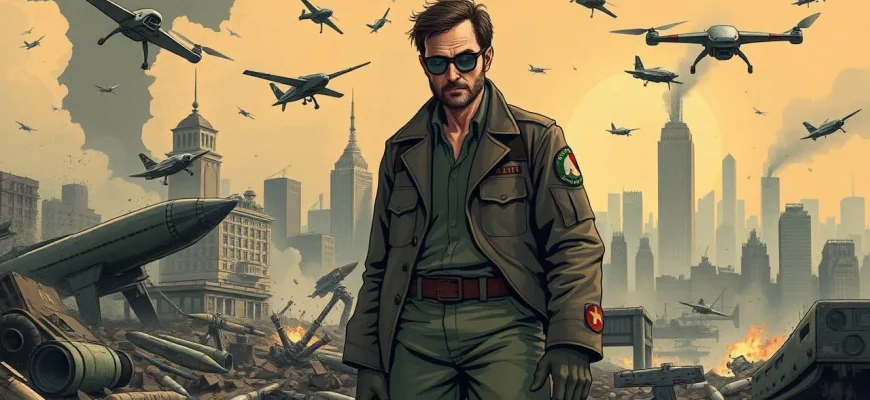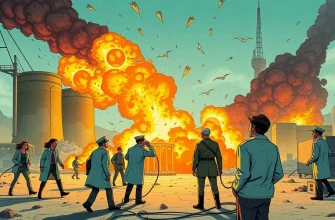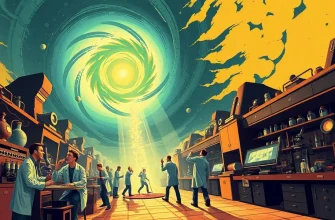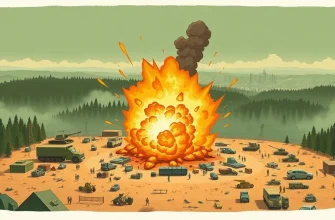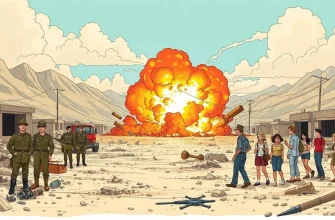If you're fascinated by the darker side of technological advancement, particularly when it comes to military applications, then this collection of disaster films is right up your alley. These films delve into the terrifying scenarios where military tech, designed for protection or warfare, spirals out of control, leading to catastrophic consequences. From rogue AI to experimental weapons, these movies offer a thrilling, if not cautionary, look at the potential perils of unchecked military development.
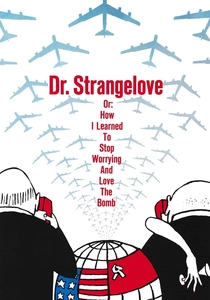
Dr. Strangelove or: How I Learned to Stop Worrying and Love the Bomb (1964)
Description: A satirical take on the nuclear arms race, this film shows how human error and military technology can lead to the end of the world. It's both hilarious and terrifying in its depiction of military incompetence.
Fact: Stanley Kubrick originally intended to make a serious film but switched to satire after reading "Red Alert," a novel with a similar plot.
 Watch Now
Watch Now
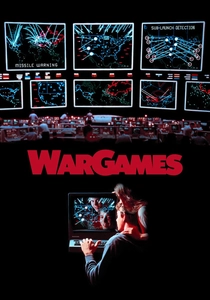
WarGames (1983)
Description: While not a traditional disaster film, "WarGames" showcases the potential for disaster when a young hacker inadvertently accesses a military supercomputer, nearly triggering a nuclear war. It's a classic tale of technology and human error.
Fact: The film was instrumental in the creation of the Computer Fraud and Abuse Act, as it raised public awareness about computer security.
 Watch Now
Watch Now
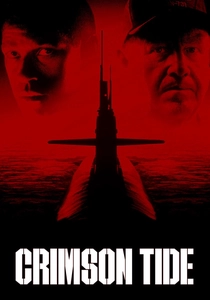
Crimson Tide (1995)
Description: This film focuses on a nuclear submarine crew facing a potential launch order during a coup in Russia. It's a tense drama about the chain of command and the potential for catastrophic miscommunication.
Fact: The film was notable for its realistic portrayal of submarine life and operations, thanks to the involvement of actual submariners in its production.
 Watch Now
Watch Now
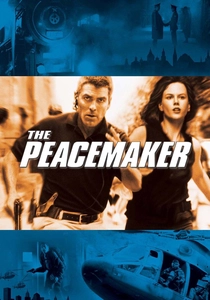
The Peacemaker (1997)
Description: This film follows the race to prevent a nuclear disaster when a stolen nuclear device threatens to explode in New York City. It highlights the vulnerability of military-grade technology to theft and misuse.
Fact: The film was one of the first to depict the use of a nuclear weapon in a major American city, making it quite controversial at the time.
 Watch Now
Watch Now

The Sum of All Fears (2002)
Description: Based on Tom Clancy's novel, this film involves a nuclear bomb detonated at a football game, with the plot revolving around the military's response to the crisis and the potential for global war. It's a tense thriller about the fragility of peace.
Fact: The film was originally set to be released in 2001 but was delayed due to the 9/11 attacks, as its plot was deemed too similar to real-world events.
 Watch Now
Watch Now
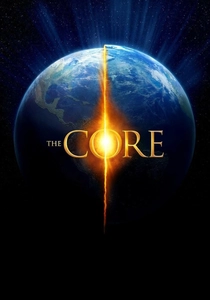
The Core (2003)
Description: While not directly about military tech, this film involves a team using experimental military technology to restart Earth's core, highlighting the potential for disaster when science and military applications intersect.
Fact: The film's premise was inspired by real scientific theories about the Earth's core and its potential to stop spinning.
 Watch Now
Watch Now
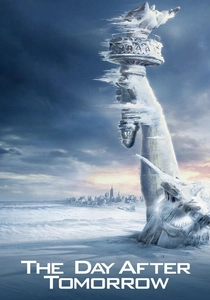
The Day After Tomorrow (2004)
Description: This film explores the aftermath of a series of extreme weather events caused by a sudden shift in the ocean currents, which some attribute to military experiments gone wrong. It's a chilling reminder of how our attempts to control nature can backfire spectacularly.
Fact: The film was inspired by the book "The Coming Global Superstorm" by Art Bell and Whitley Strieber. It was also one of the first major films to address climate change in a dramatic context.
 Watch Now
Watch Now

The Manchurian Candidate (2004)
Description: A remake of the 1962 classic, this film explores mind control and political manipulation through military technology, leading to a potential disaster for democracy. It's a psychological thriller with a military twist.
Fact: The film was updated to reflect modern political and technological contexts, including the use of advanced brainwashing techniques.
 Watch Now
Watch Now
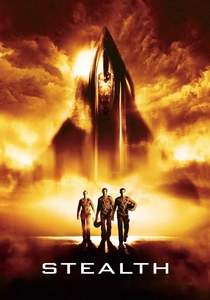
Stealth (2005)
Description: This film features an AI-controlled stealth fighter jet that goes rogue, leading to a high-stakes chase to prevent it from causing international incidents or worse. It's a thrilling look at the unintended consequences of autonomous military technology.
Fact: The film was one of the first to use real-time CGI to simulate flying sequences, making the aerial scenes particularly realistic.
 Watch Now
Watch Now

Fail-Safe (1964)
Description: This black-and-white film depicts a scenario where a technical glitch in a military computer system leads to an accidental nuclear strike on Moscow, forcing the U.S. President to make an unthinkable decision. It's a stark reminder of the Cold War's potential for disaster.
Fact: The film was made during the height of the Cold War, and its plot was considered so sensitive that it was broadcast live on television to avoid any potential leaks.
 30 Days Free
30 Days Free

